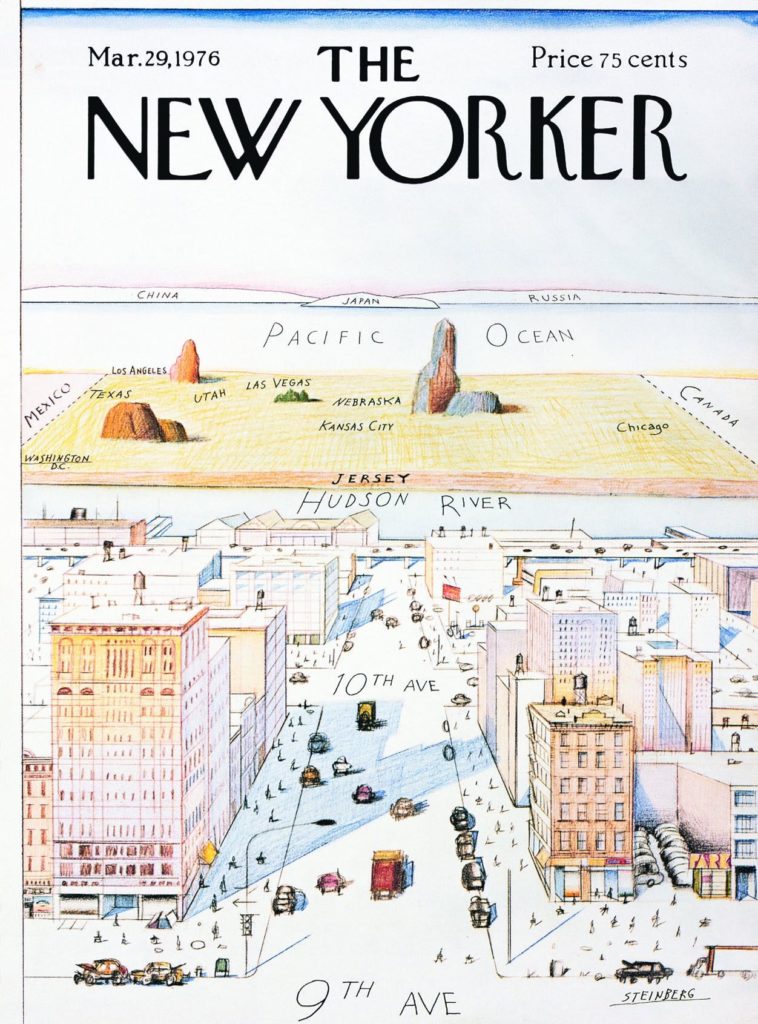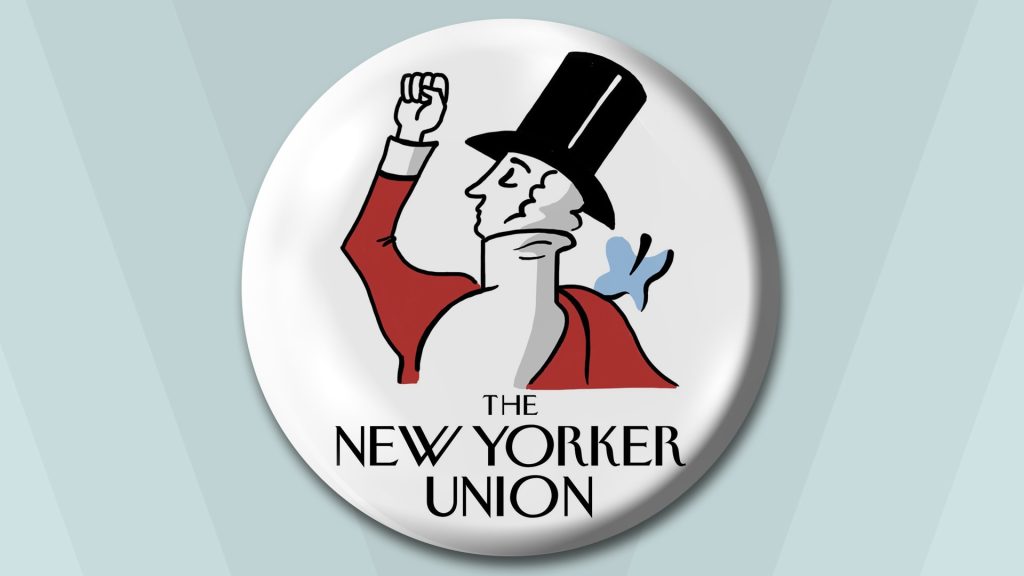In the ever-evolving landscape of American media, few publications have maintained such a lasting cultural footprint as The New Yorker. Since its debut in 1925, the magazine has been a cornerstone of literary journalism, offering readers a unique blend of sharp wit, in-depth reporting, and cultural commentary. As we explore the legacy of The New Yorker, it’s clear that this publication is more than just a periodical—it’s a mirror reflecting the pulse of American society.
The Origins of a Literary Powerhouse
Founded by Harold W. Ross and his wife, journalist Jane Grant, The New Yorker was initially conceived as a publication focused on New York City’s social and cultural life. The first issue, however, was not an immediate success. It struggled to find its footing, but it eventually gained traction with its coverage of the 1925 Scopes Monkey Trial, which brought national attention to the magazine.
Over time, The New Yorker expanded its scope, becoming a leading voice in literature, current affairs, and the arts. Its reputation for high-quality journalism, fiction, poetry, and cartoons solidified its status as one of the most respected magazines in the United States.
Cultural Impact and Literary Legacy
One of The New Yorker‘s defining features is its ability to capture the spirit of the times. From its early days, the magazine has provided a platform for some of the most influential writers and thinkers of the 20th century. E.B. White, John Updike, and James Baldwin are just a few of the literary giants who have contributed to its pages.
The magazine’s “Talk of the Town” section, introduced in the 1930s, became a hallmark of its style—offering a mix of news, gossip, and cultural commentary that felt both intimate and informative. This approach helped shape the way Americans consume news and entertainment, blending humor with serious analysis.
The Role of Fiction and Journalism
Fiction has always played a central role in The New Yorker‘s identity. The magazine has been instrumental in launching the careers of many contemporary authors. One notable example is Lorrie Moore, whose short story “People Like That Are the Only People Here” was published in 1997. The story, which deals with a mother’s struggle with her child’s illness, was later accompanied by a photo of Moore herself, sparking a conversation about the boundaries between fiction and reality.
Bill Buford, who was the fiction editor at the time, recounted the controversy in a recent interview. He acknowledged the tension between artistic integrity and editorial decisions, highlighting the complex relationship between writers and publishers. Despite the initial backlash, the story’s impact remains significant, showcasing how The New Yorker continues to influence the literary world.
Visual Storytelling and Design
Another aspect of The New Yorker‘s appeal is its visual design. Each cover is a work of art, often featuring illustrations or paintings that reflect the themes of the issue. The magazine’s commitment to visual storytelling has made it a leader in the publishing industry, setting a standard for other publications to follow.
The use of photographs and illustrations within the magazine also plays a crucial role in shaping the reader’s experience. Whether it’s a striking image accompanying a piece on politics or a whimsical cartoon in the “Shouts & Murmurs” section, The New Yorker consistently delivers a visually engaging reading experience.
Influence on American Culture
Beyond its literary contributions, The New Yorker has had a profound impact on American culture. Its coverage of major events, from political elections to social movements, has shaped public discourse and influenced how Americans understand the world around them.
The magazine has also played a key role in promoting diverse voices and perspectives. Through its long-form journalism and in-depth reporting, The New Yorker has given a platform to underrepresented communities, ensuring that their stories are heard and valued.
The Digital Age and the Future of Print
As the media landscape continues to evolve, The New Yorker has adapted to the digital age while maintaining its commitment to quality journalism. The magazine now offers both print and online versions, allowing readers to access its content in a variety of formats.
Despite the rise of digital media, The New Yorker remains a trusted source of information and cultural insight. Its ability to balance tradition with innovation ensures that it will continue to be relevant for generations to come.
Conclusion: A Lasting Legacy
In conclusion, The New Yorker is more than just a magazine—it’s a cultural institution that has shaped the way Americans think, read, and engage with the world. From its early days as a New York-centric publication to its current status as a global voice, The New Yorker has consistently delivered high-quality content that resonates with readers.
As we look to the future, it’s clear that The New Yorker will continue to play a vital role in American journalism and culture. Its legacy is a testament to the power of thoughtful, well-crafted writing and the enduring importance of print media in the digital age.
Stay updated with the latest news and insights from The New Yorker and other top US news sources by exploring today’s headlines and staying informed on the issues that matter most.
Author: [Name]
Title/Role: [Journalist and Media Analyst]
Credentials: [Extensive experience in media analysis and cultural commentary, with a focus on American journalism.]
Profile Link: [Optional link to author profile]
Sources:
– The New Yorker Official Website
– Encyclopædia Britannica – The New Yorker
– Smithsonian Magazine – Arts and Culture
Internal Links:
– The New Yorker: A Deep Dive into Its Influence and Cultural Impact
– Top US News: What You Need to Know Today
– Trending News USA: Current Events and Analysis
Schema Markup:
{
"@context": "https://schema.org",
"@type": "Article",
"headline": "The New Yorker: A Deep Dive into Its Influence and Cultural Impact",
"description": "Explore the legacy and cultural significance of The New Yorker, one of America's most influential magazines.",
"author": {
"@type": "Person",
"name": "[Name]"
},
"datePublished": "2025-04-05"
}
Featured Snippet:
“The New Yorker, founded in 1925, is a leading American weekly magazine known for its literary fare, humor, and in-depth reporting. It has played a significant role in shaping American culture and journalism.”
Call to Action:
Stay updated with the latest news and insights from The New Yorker and other top US news sources by exploring today’s headlines and staying informed on the issues that matter most.
URL Slug:
the-new-yorker-influence-cultural-impact
Image Optimization:
– 
–
– 
–
– 











More Stories
US Trending News: The History and Legacy of Zoo York in Streetwear Culture
US Trending News: The ‘Your Mom’ White House: A Trendy Take on Political Humor
Understanding ‘You Got That Right’ in The New York Times: Context and Implications